Durham Bull
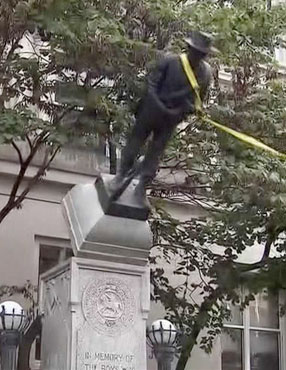
This is going to have to be short- I am in between panel discussions at the big Defense IT conference and have many networking obligations this morning.
Still, I have to say that the news from Durham got me going this morning. The bullshit confrontation between Nazis and Commies in wonderful little Charlottesville- both groups being out-of-towners for the most part- except the dead, of course, which is sadly how these things seem to usually work out.
Anyway, being a historian by inclination, the destruction of the monuments of the past- good or ill- troubles me deeply. In another context, it reminds me of Germany’s late Weimar Republic and the street battles between Reds and Brownshirts. Does anyone these days recall the name of a young “demonstrator” named Horst Wessel?
I hope not. But he is part of history none-the-less.
Anyway, the people who attacked the monument in Durham decided direct action was the way to go. The police stood by and permitted the placement of a bungee cord around the neck and shoulder of a statue of a symbolic Confederate soldier and toppled it from the plinth on which if had been placed nearly a century ago.
I think people ought to chill a bit, though I recognize the political strategy inherent in all this. Really, it is a win-win for the acivists. If they manage to destroy some history and are not held accountable for the destruction of public property (and violation of state law prohibiting local municipalities moving war memorials without legislative authorization) they win. If the police react to them, they are martyrs and victims. And win.
I demure. I think they are just vandals, and of the vilest sort: political vandals. Want the statue gone? Go to the legislature. The erosion of the rule of law is, at least where I type in St. Louis a few blocks from the old courthouse that heard the Dred Scott case, deeply troubling.
There is another way to do this, and though I rarely look to India for inspiration on democracy, I recall the marvelous day I on a trip to Delhi a few years ago. Joint Travel Regulations permitted us some downtime after the long flight to get there. Some of our delegation headed for Agra, and the Taj Mahal, intending to sleep on the bus. A few of us pooled cash and rented a car and driver and set out to see what was left of the Raj.
It was pretty cool- the monument to the Great Mutiny is still there- different signage being the only change, explaining that despite the plaques and inscriptions that remain unchanged, the “mutineers” were actually “patriots.” Otherwise completely intact.
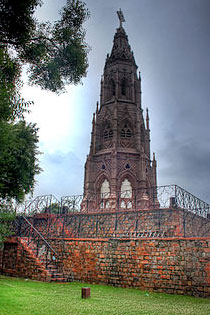
The ubiquitous statues of Empire were another matter. Coronation Park is unreal. It is located on Burari Road near Nirankari Sarovar. It is a highly significant location, having been the site of the grand ceremony announcing the proclamation of Queen Victoria as Empress of India in 1877. The inscription on the obelisk for the next one held there is untouched:
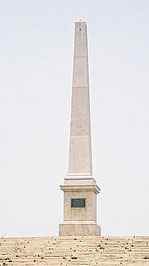
“Here on the 12th Day of December 1911, His Imperial Majesty King George V, Emperor of India accompanied by the Queen Empress in solemn Durbar announced in person to the Governors, Princes and Peoples of India his Coronation celebrated in England on the 22nd day of June 1911 and received from them their dutiful homage and allegiance.”
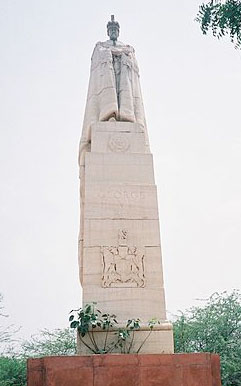
When we rolled up to the park and passed through the gate and waved to the groundskeeper, who was outside his modest family hut. A dog and her puppies was sleeping at the foot of the grand statue of George, which used to be on the Rajpath (“King’s Way”), the Delhi equivalent of the DC National Mall. The largest and tallest statue in the park, it is a 50-foot high marble statue designed by Delhi’s grand architect Sir Edwin Lutyens.
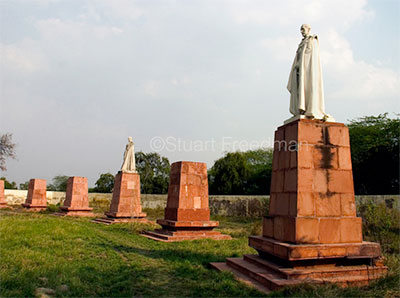
Surrounding George are statues moved from various locations to the red stone plinths that surround it. Nineteen pedestals were built to install the displaced statues from the capital and other public locations but only five are present, with the others vacant. Some of the statues that were supposed to be on them were stolen or damaged, while several expected to populate the empty plinths were retained by the communities in which they were first installed.
Apparently there are some people want to remember what happened to them, pleasant or not.
I wonder if we could try that?
Of course, that is not the point of any of this, is it?
Copyright 2017 Vic Socotra
www.vicsocotra.com
